Naoto Fukasawa sparks children’s imaginations with play sculptures
The Japanese designer creates an intuitive series of bold play sculptures, designed to spark children’s desire to play without thinking
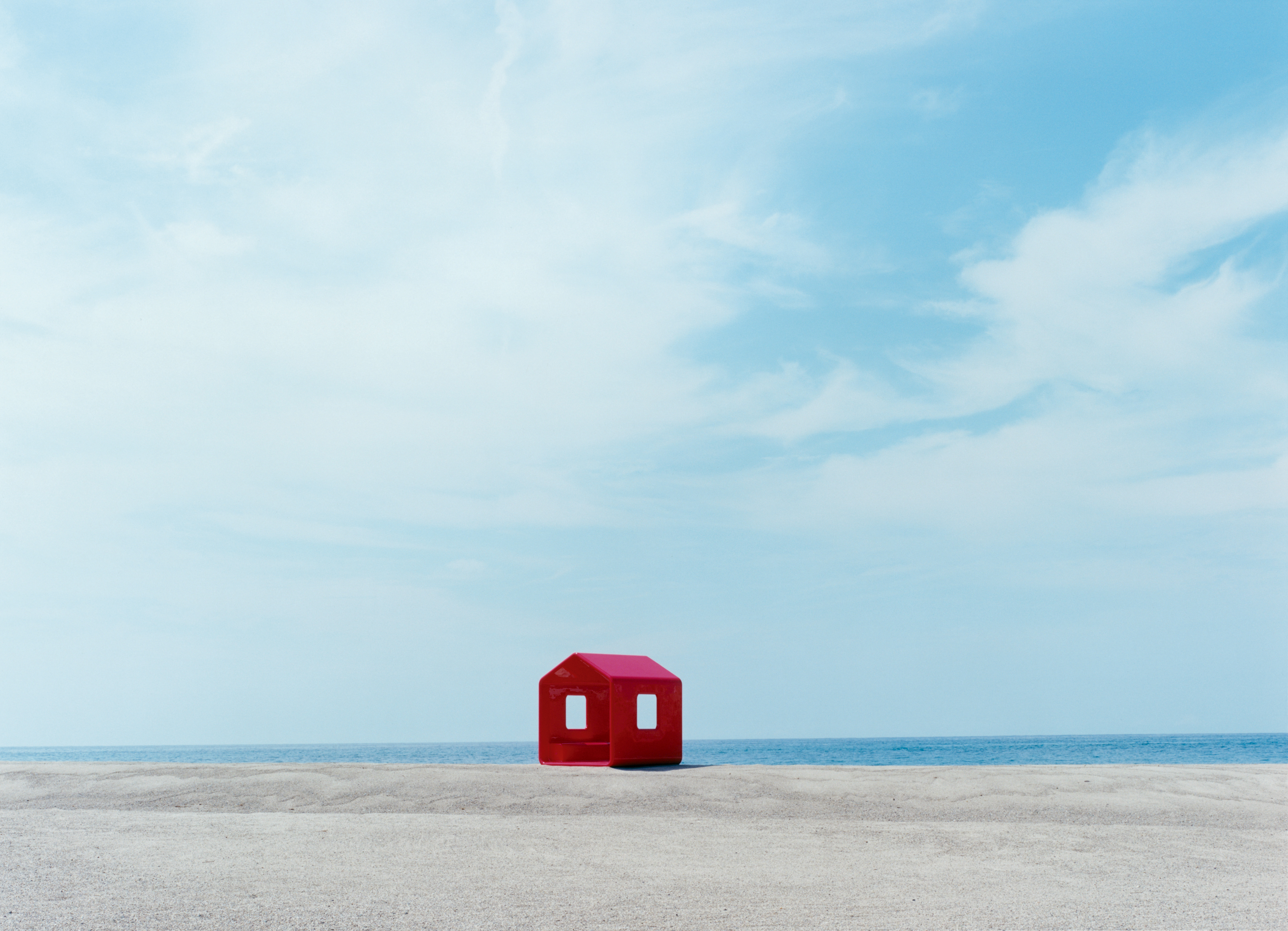
'Children don’t need to be told how to play – an object just has to catch their attention and make them excited to play, without conscious thought,' says Naoto Fukasawa. 'I’m trying to help kids be creative by letting them find their own way to play.'
The legendary Japanese designer is sharing his thoughts on play while seated on a chair perhaps unlike any other he has designed during his decades-long career: it’s tiny in size, tomato red in colour and has smooth, simple curves. Nearby scattered on grass is the bright, clean form of a blue box with circular holes, a sunshine yellow house and an undulating green ring, upon which a toddler is happily clambering.
This is ‘Yuugu’, Fukasawa’s first collection of children’s play sculptures, created for the Japanese company Jakuets, a progressive pioneer in educational play. Colourful, intuitive and playful, the new collection launched with an outdoor installation at Triennale Milano during Milan Design Week.
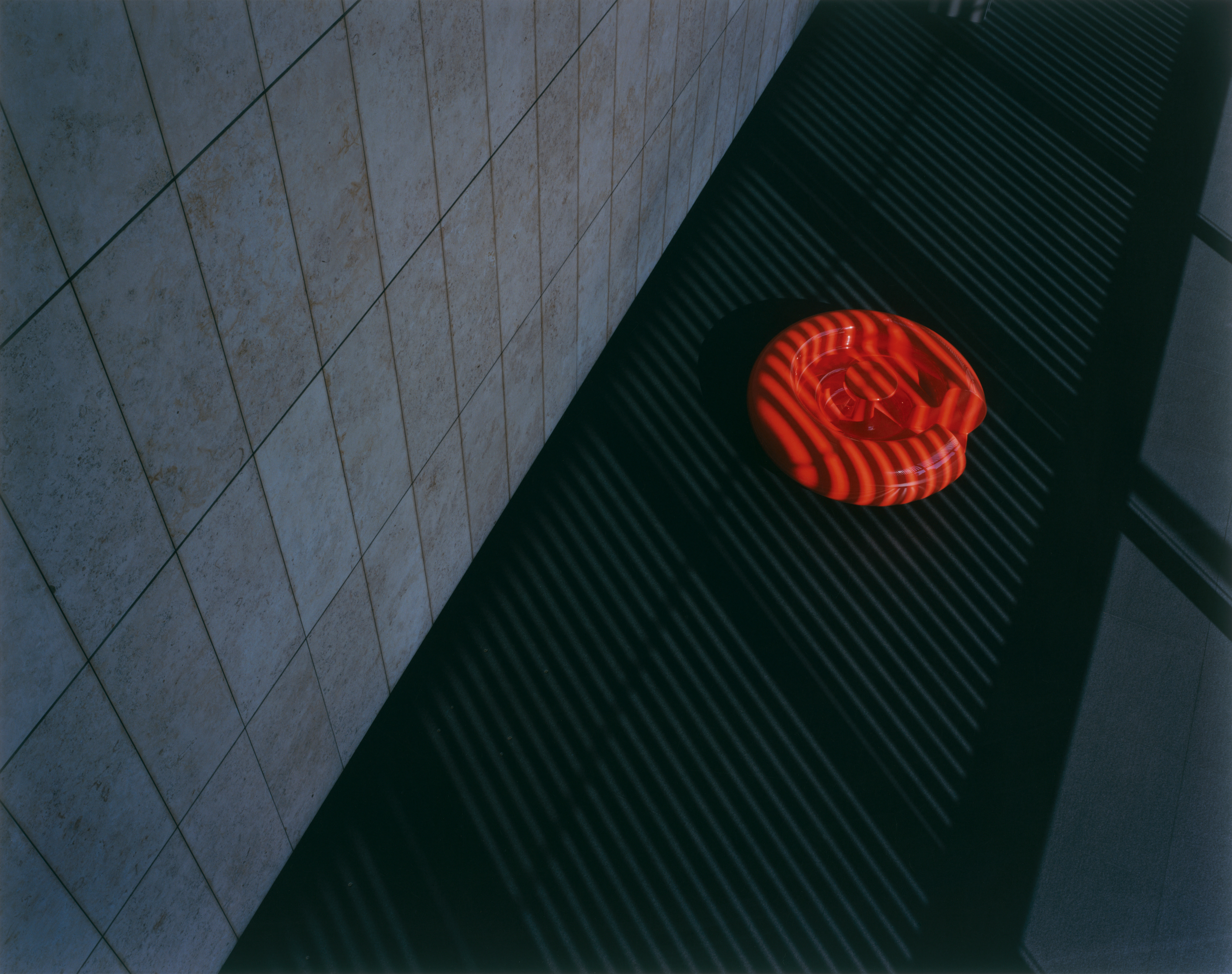
'Donut', Jakuets Yuugu series
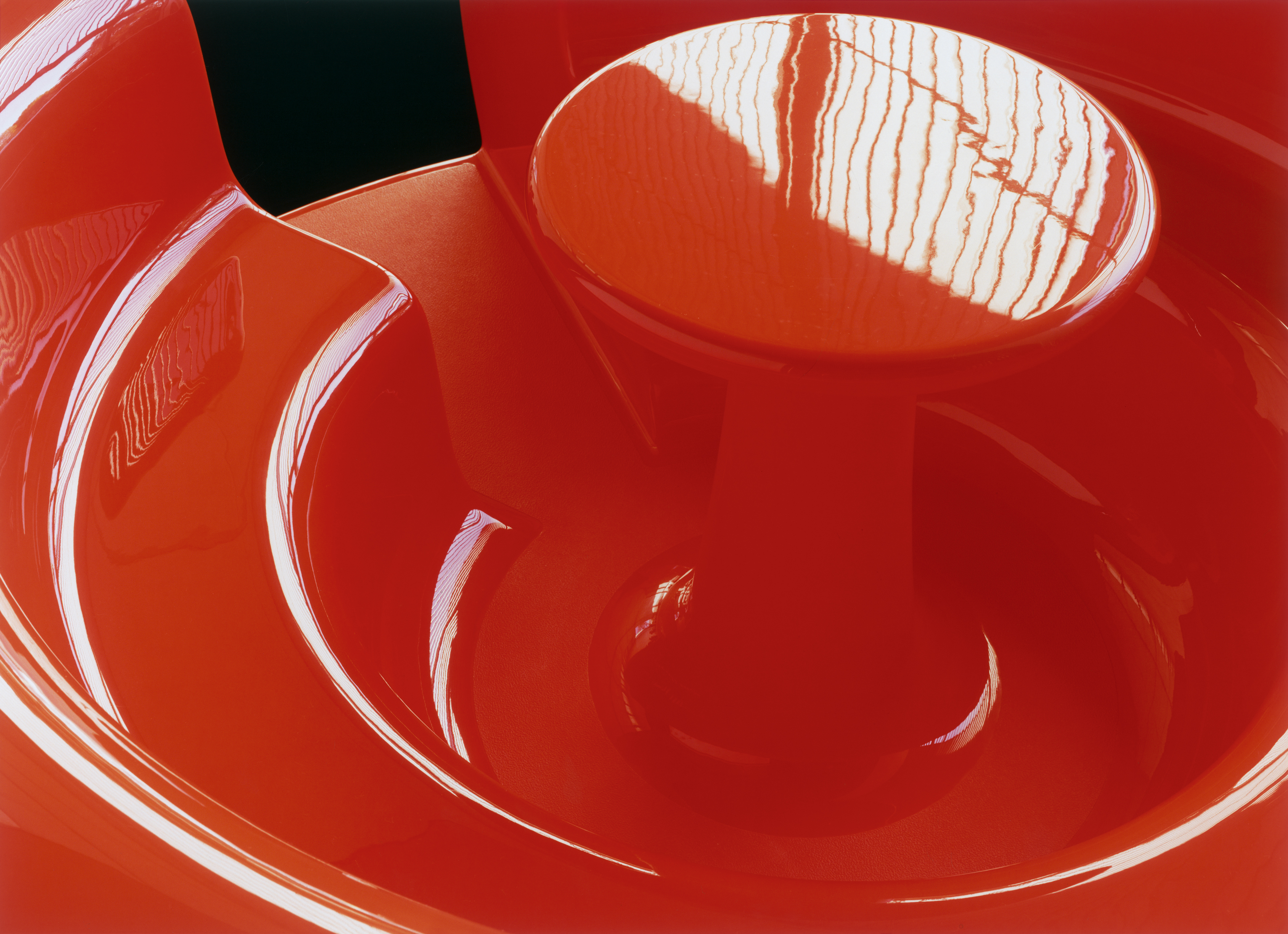
'Donut', Jakuets Yuugu series
Since launching in 1916, Fukui-based Jakuets has spent over a century exploring the meaning of play. Today, it works with 40,000 nursery school and daycare centres across Japan, producing playground equipment, nursery installations and educational material.
‘Yuugu’ – Jakuets’ first collection launched overseas – aims to share the borderless language of play through Fukusawa’s creative perspective, balancing so-called 'imagination triggers' with intuitive function and quality design.
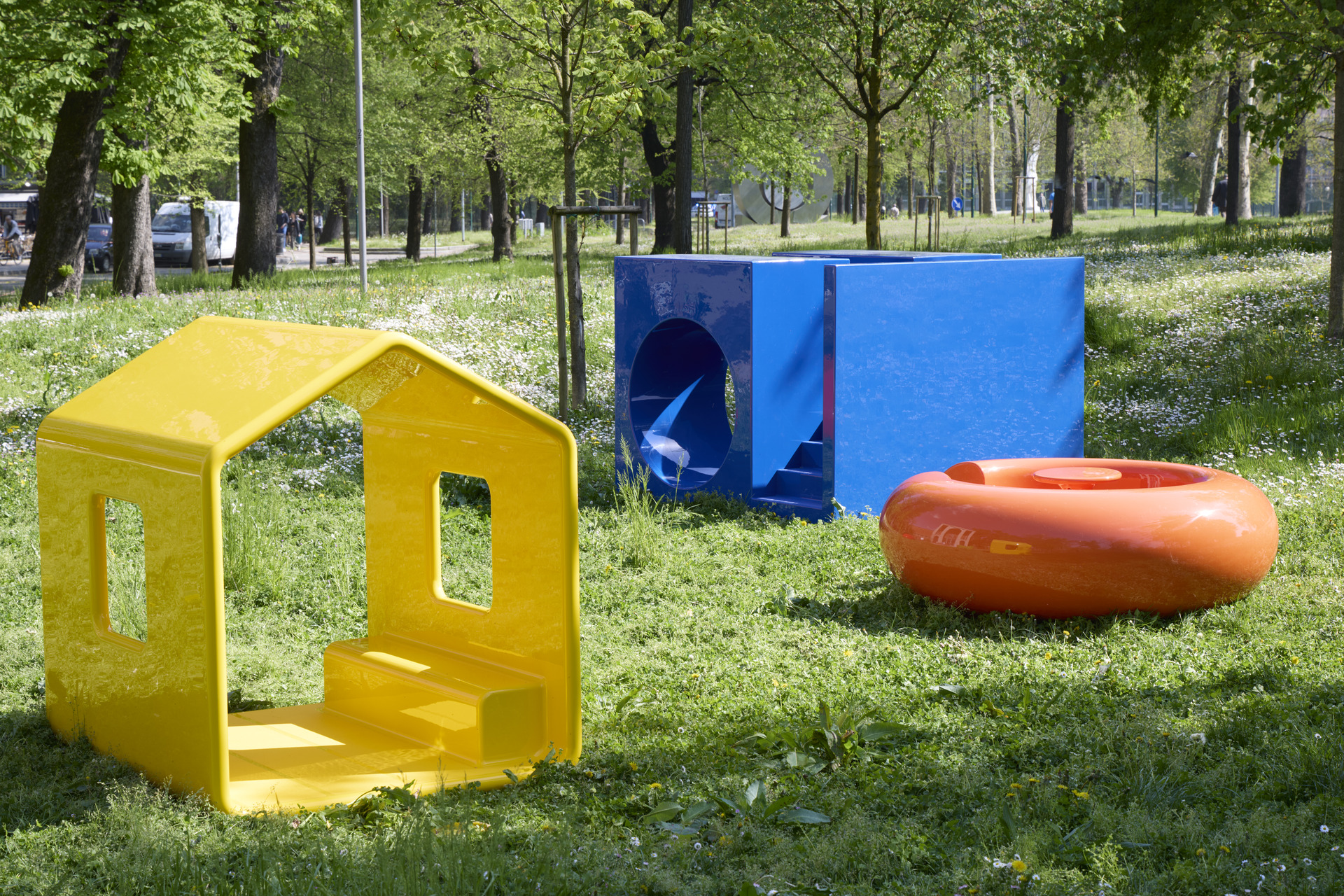
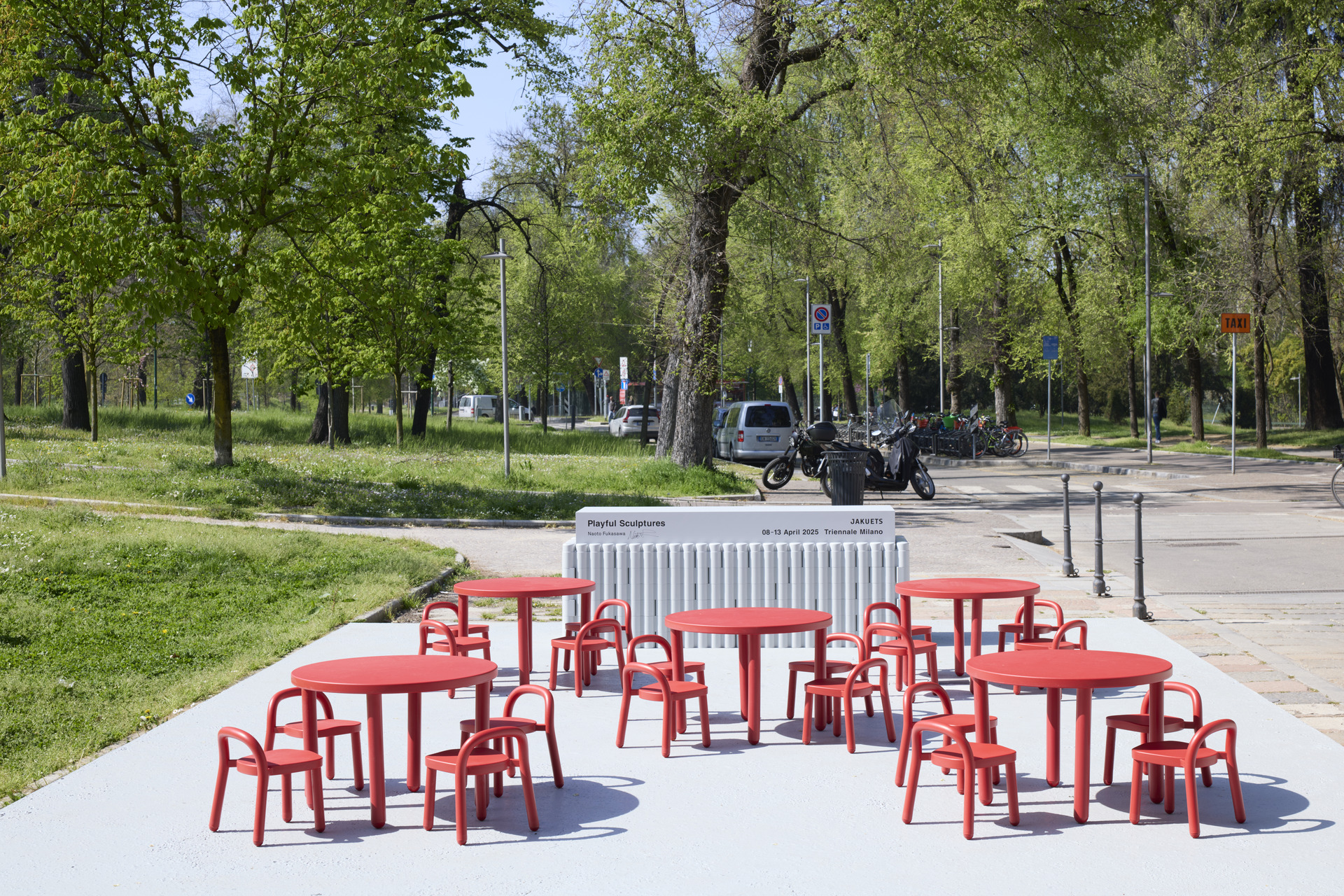
'Kids can play in any environment,' Fukasawa tells Wallpaper*, while seated at a small but perfectly formed red ‘Piccola’ table from the new collection. 'An object doesn’t need to be too obvious in telling them how to play. It has to catch their attention – they see it and say wow and are drawn to it.
'They might use a basic function – like a slide – but they quickly create their own way of playing, so objects don’t need to be too expressive. They have to fit into the surrounding environment and appeal to adults as well as children.'
Wallpaper* Newsletter
Receive our daily digest of inspiration, escapism and design stories from around the world direct to your inbox.
During the conversation, a handful of children spontaneously stop to explore. The new play sculptures scattered on the grass have simple lines and curves in bold shades (red, blue, green, yellow), their shapes made in carbon fibre using a wooden master mould.
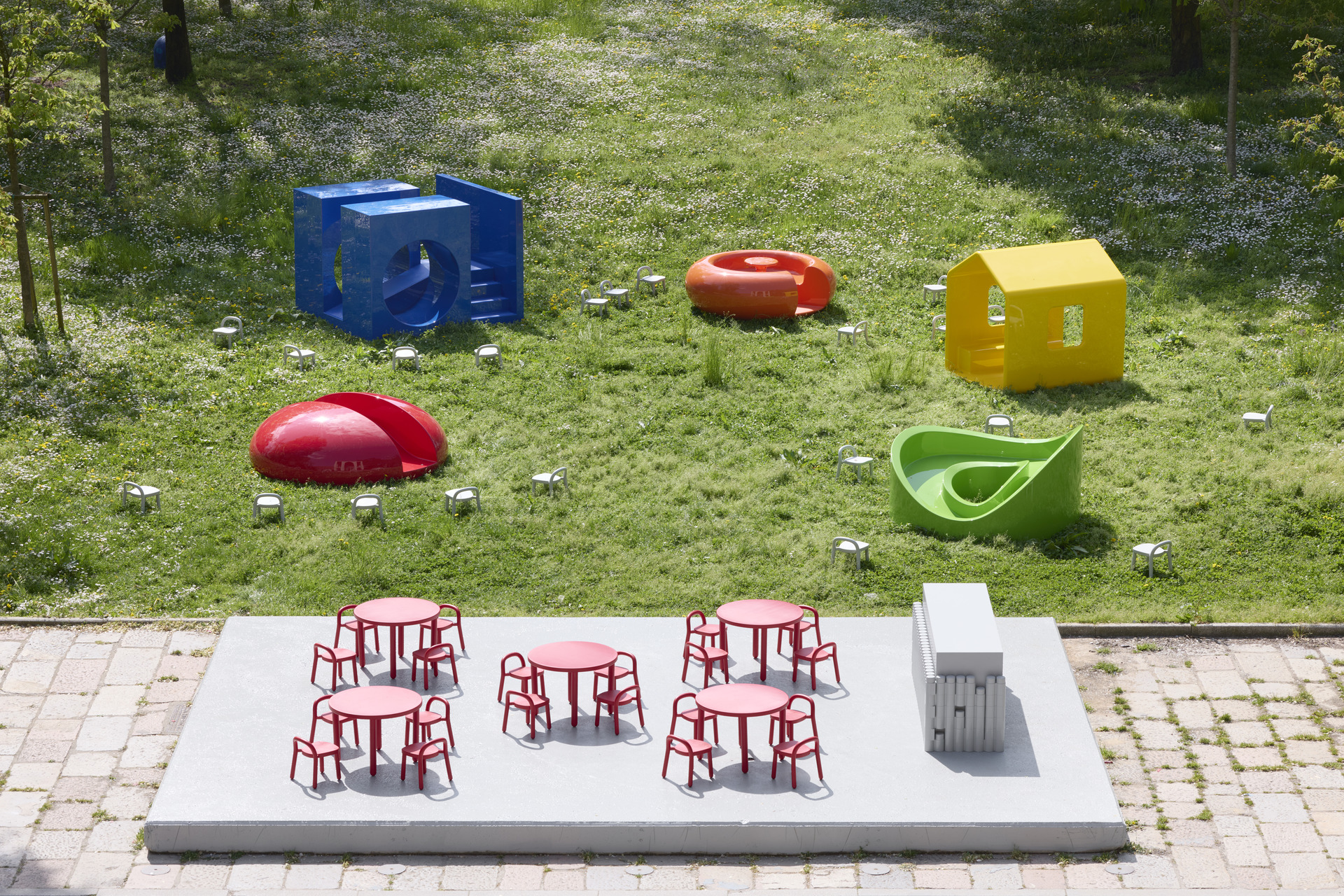
'Surfaces are so important,' he says. 'Fingers and hands have to stick to hold their weight. They must be safe and make children excited, without thinking. Yesterday when I arrived, there was a little girl collecting all the chairs and putting them in a pile.'
There is ‘Omochi’, its bright red shape, round and smooth, resembling a Japanese rice sweet; ‘Banri’, a circular green pathway in undulating heights; ‘House’, a yellow wendyhouse shaped structure; ‘Donut’, with rounded red edges; and ‘Cube’, a blue box with circular cut-outs.
'“Cube” was actually from the imagination of Tadao Ando’s building,' says Fukasawa. 'Often, Ando-san’s architecture does not go straight, there are detours, a journey to follow. Adults can enjoy these play objects too. We want to show people how to have a happy quality of life through these objects.'
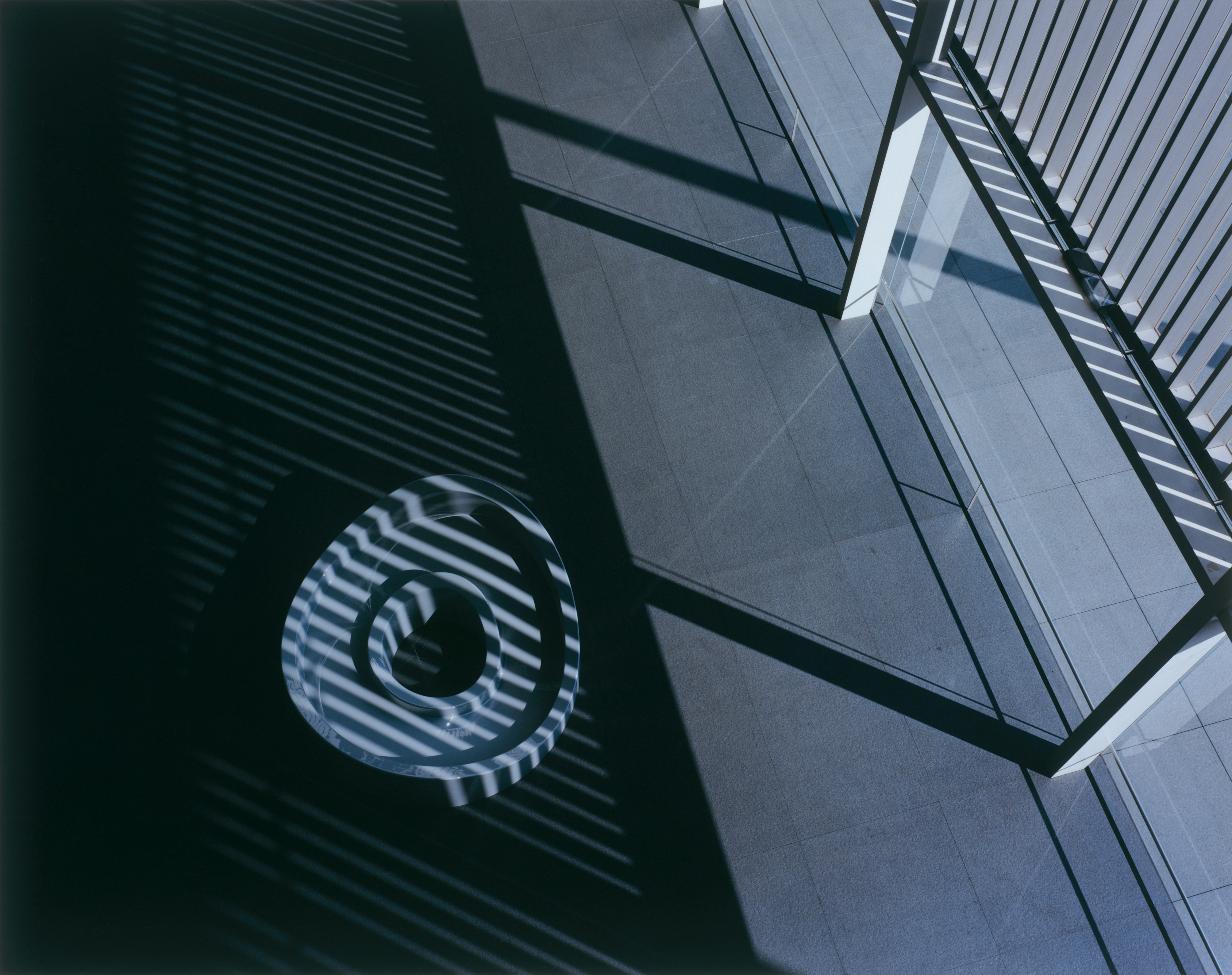
'Banri', Jakuets Yuugu series
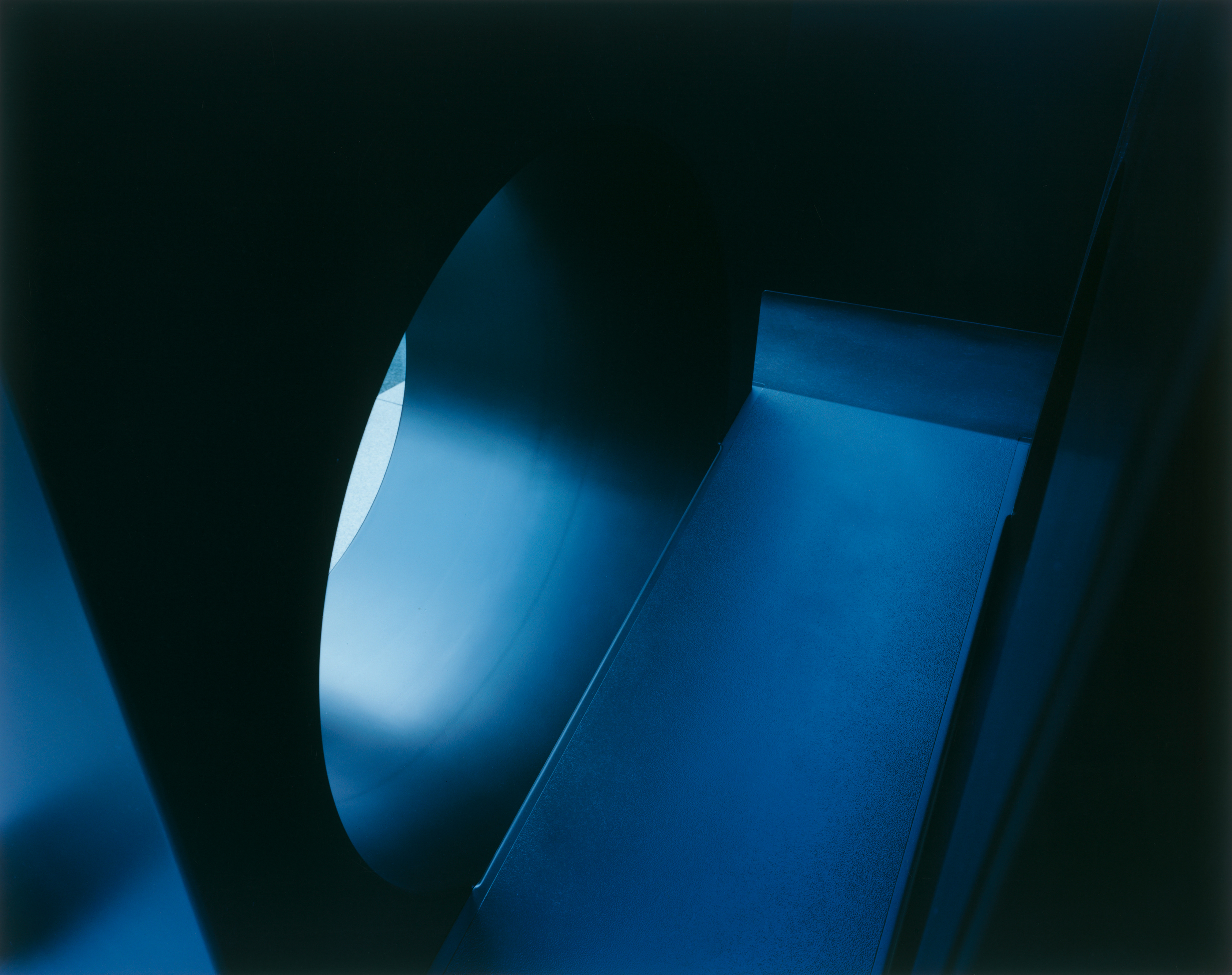
The collection is underpinned by Jakuets’ elemental idea of embracing play as an interconnected 'microcosm of what an inclusive, holistic society could look like', as Haruko Tokumoto, manager and fourth generation of the family-run company, adds: 'Play is so important for life. It’s about giving children the freedom to choose how they want to play.
'This is the first time we’ve introduced our play equipment outside Japan. But there are no cultural barriers – children everywhere know how to play. It goes beyond language.'
Danielle Demetriou is a British writer and editor who moved from London to Japan in 2007. She writes about design, architecture and culture (for newspapers, magazines and books) and lives in an old machiya townhouse in Kyoto.
Instagram - @danielleinjapan
-
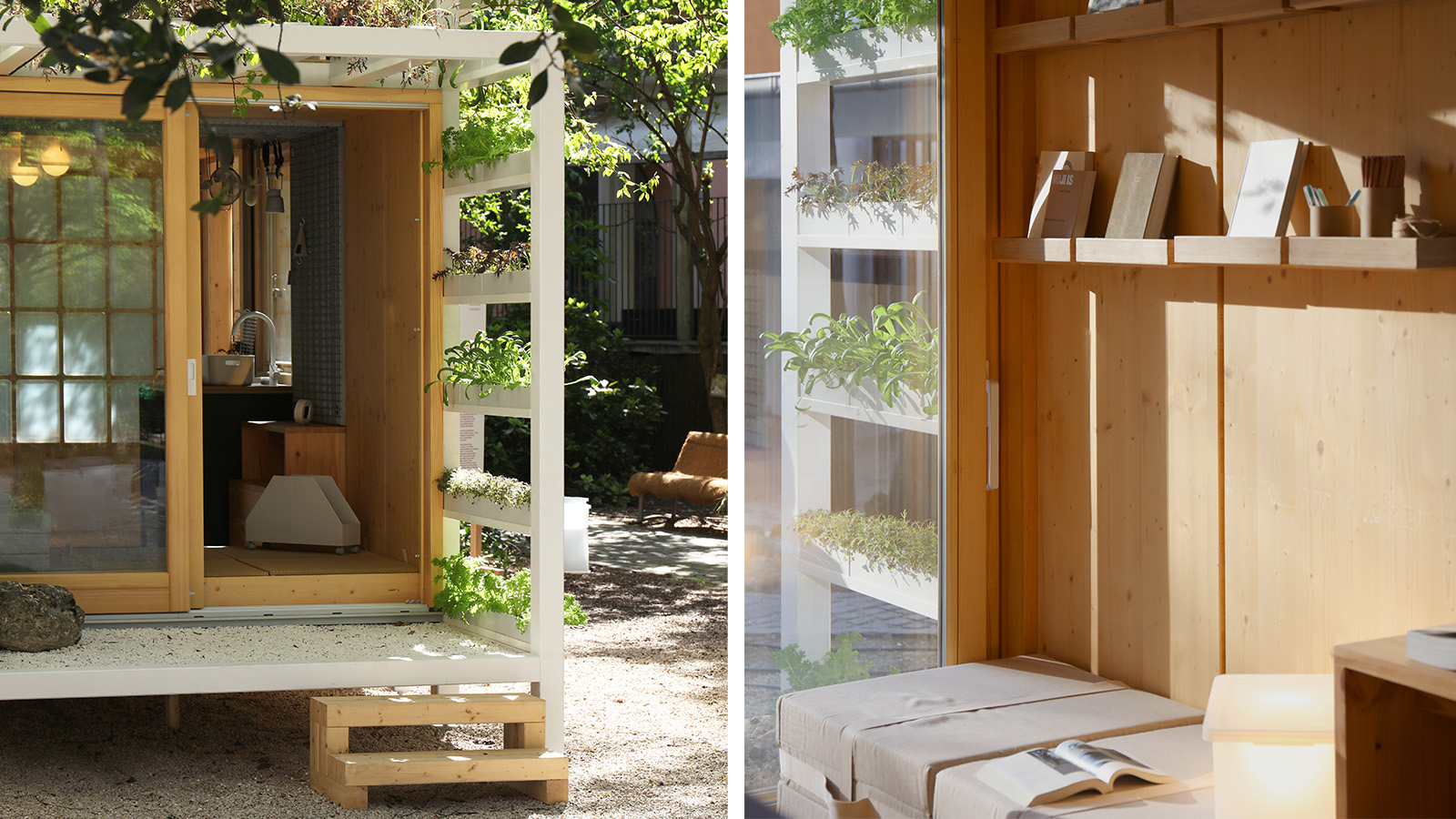 Japan in Milan! See the highlights of Japanese design at Milan Design Week 2025
Japan in Milan! See the highlights of Japanese design at Milan Design Week 2025At Milan Design Week 2025 Japanese craftsmanship was a front runner with an array of projects in the spotlight. Here are some of our highlights
By Danielle Demetriou
-
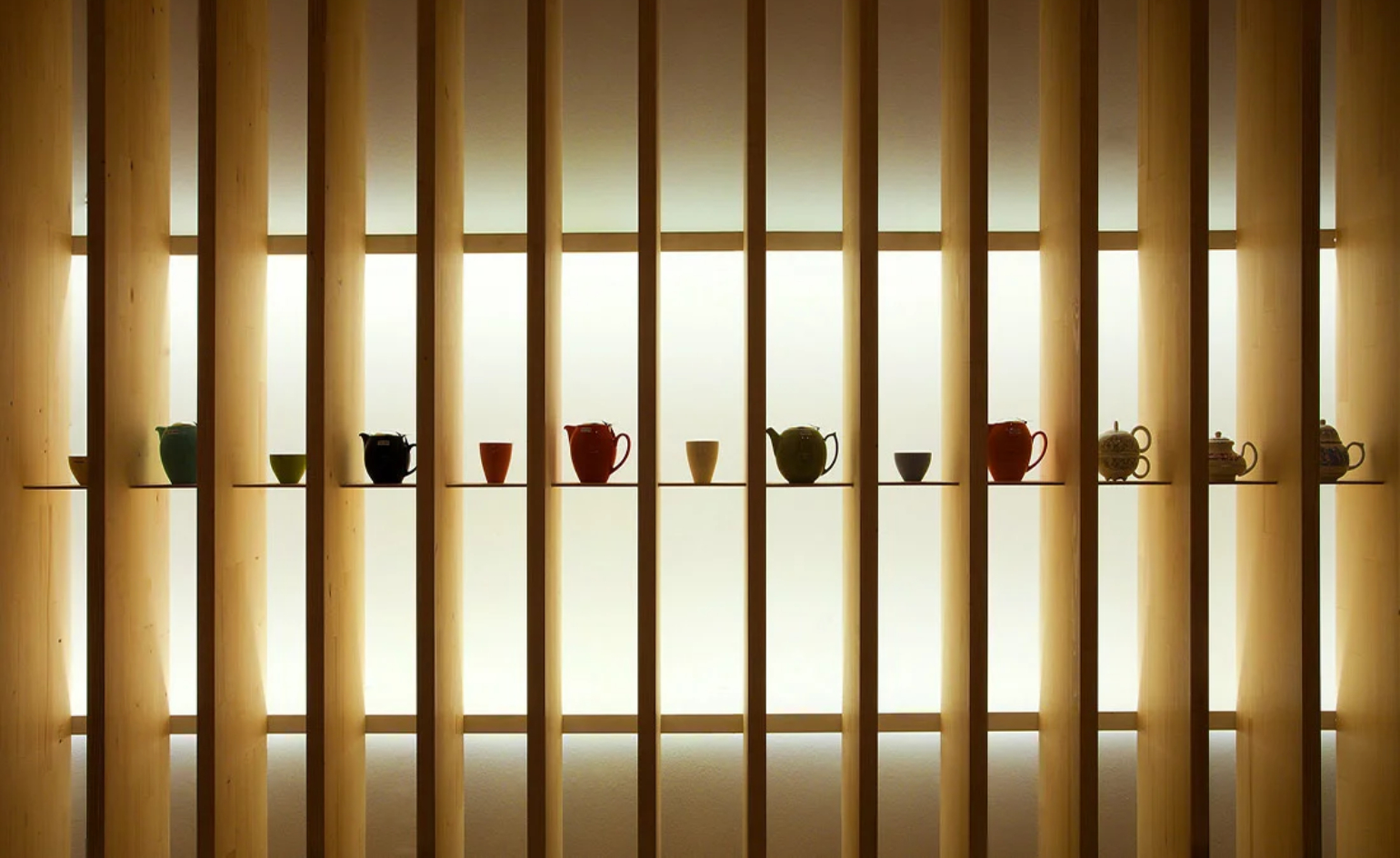 Tour the best contemporary tea houses around the world
Tour the best contemporary tea houses around the worldCelebrate the world’s most unique tea houses, from Melbourne to Stockholm, with a new book by Wallpaper’s Léa Teuscher
By Léa Teuscher
-
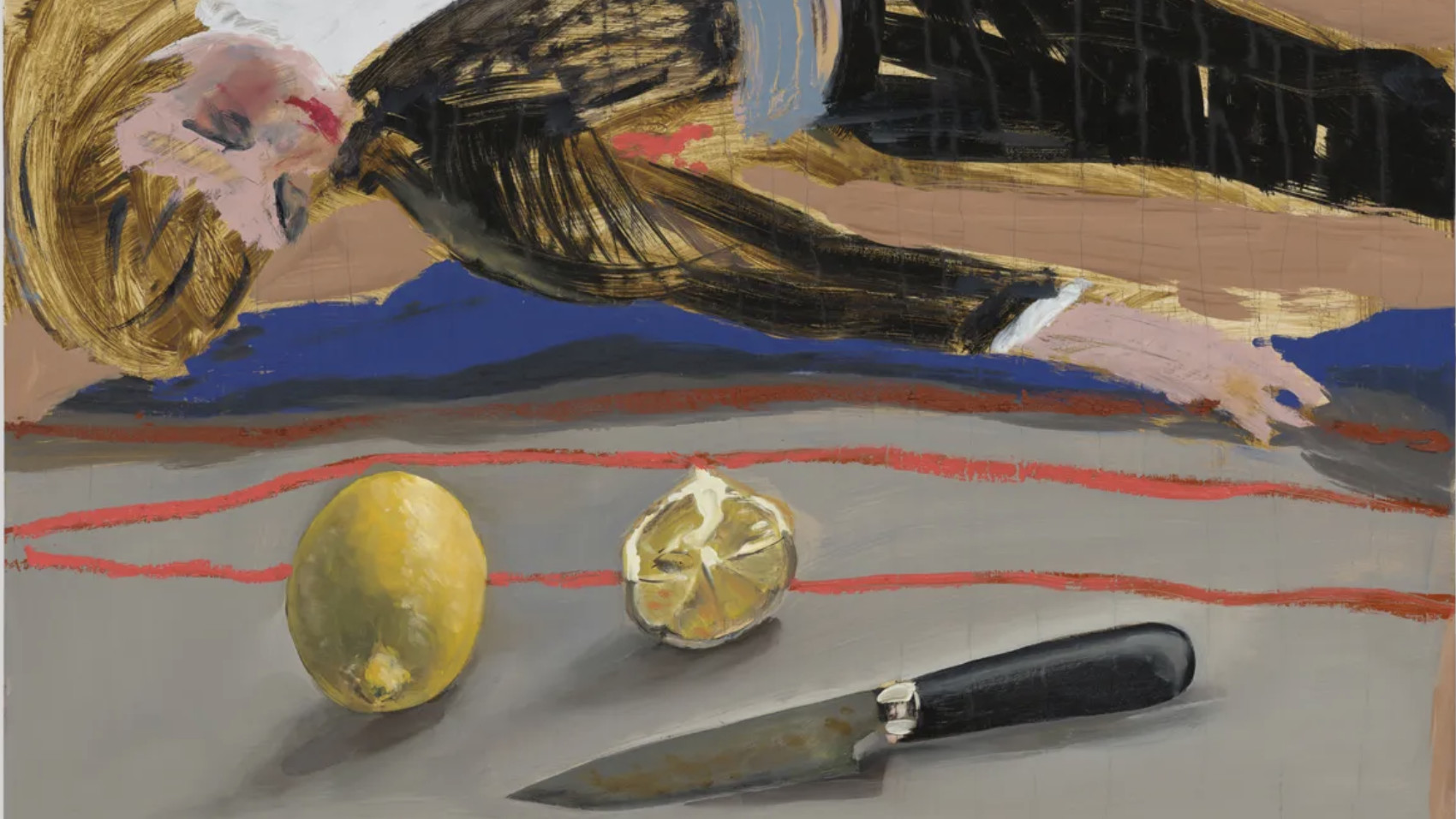 ‘Humour is foundational’: artist Ella Kruglyanskaya on painting as a ‘highly questionable’ pursuit
‘Humour is foundational’: artist Ella Kruglyanskaya on painting as a ‘highly questionable’ pursuitElla Kruglyanskaya’s exhibition, ‘Shadows’ at Thomas Dane Gallery, is the first in a series of three this year, with openings in Basel and New York to follow
By Hannah Silver
-
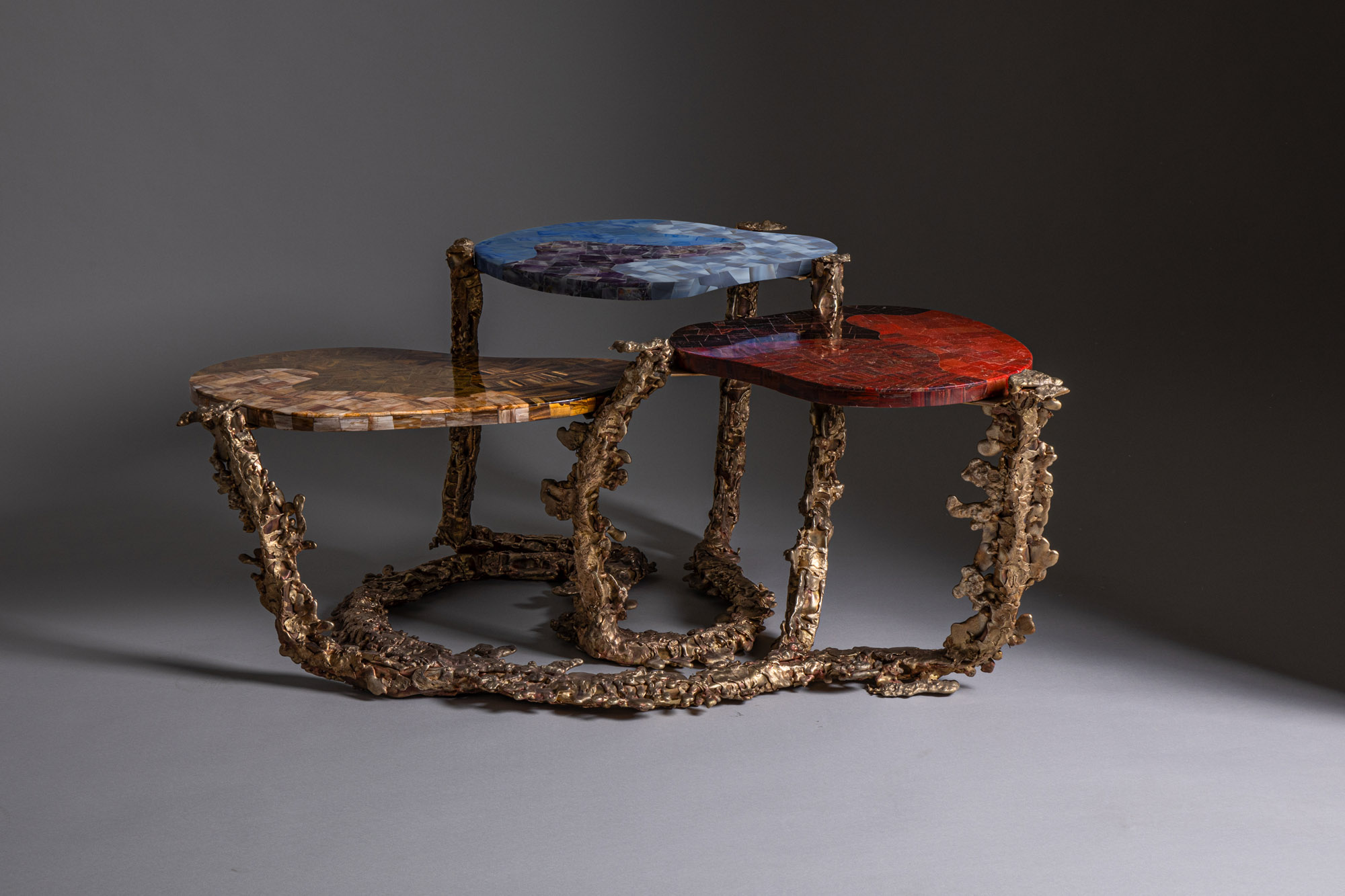 Inside the Shakti Design Residency, taking Indian craftsmanship to Alcova 2025
Inside the Shakti Design Residency, taking Indian craftsmanship to Alcova 2025The new initiative pairs emerging talents with some of India’s most prestigious ateliers, resulting in intricately crafted designs, as seen at Alcova 2025 in Milan
By Henrietta Thompson
-
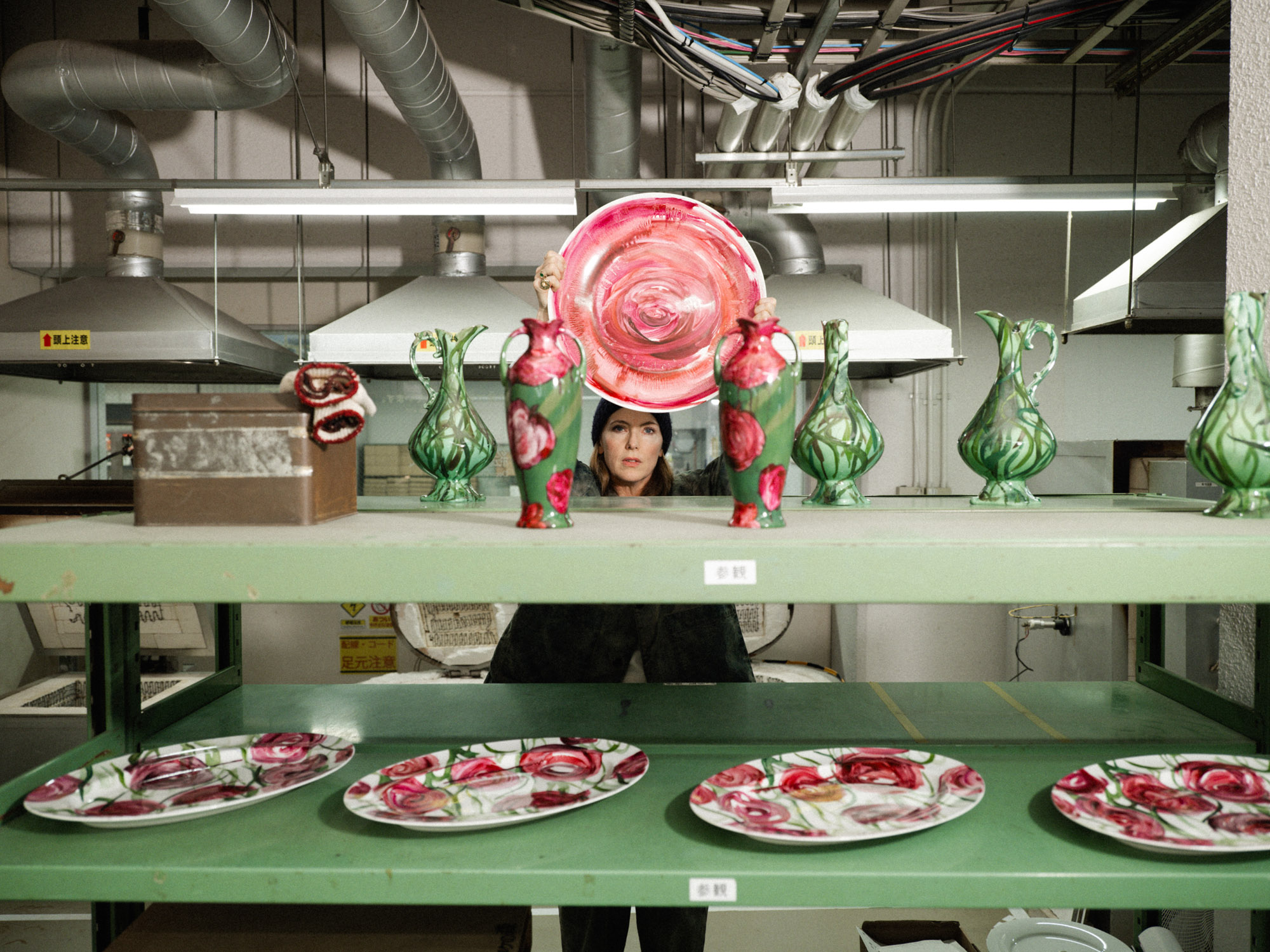 Faye Toogood comes up roses at Milan Design Week 2025
Faye Toogood comes up roses at Milan Design Week 2025Japanese ceramics specialist Noritake’s design collection blossoms with a bold floral series by Faye Toogood
By Danielle Demetriou
-
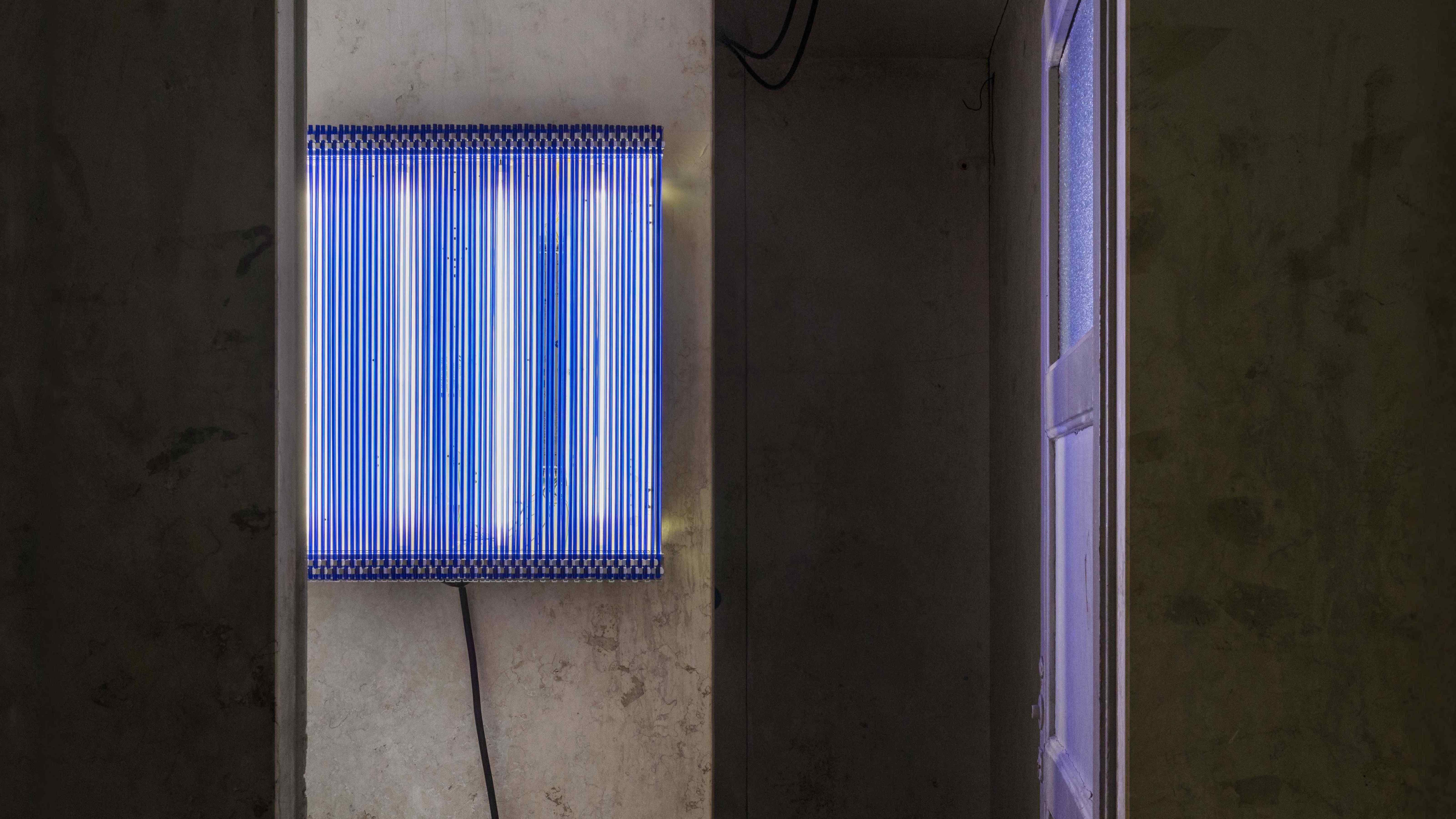 6:AM create a spellbinding Murano glass showcase in Milan’s abandoned public shower stalls
6:AM create a spellbinding Murano glass showcase in Milan’s abandoned public shower stallsWith its first solo exhibition, ‘Two-Fold Silence’, 6:AM unveils an enchanting Murano glass installation beneath Piscina Cozzi
By Ali Morris
-
 Dimoremilano and Loro Piana channel 1970s cinema in decadent Milan display
Dimoremilano and Loro Piana channel 1970s cinema in decadent Milan displayAt Milan Design Week 2025, Dimorestudio has directed and staged an immersive, film-inspired installation to present new furniture and decor for Loro Piana
By Dan Howarth
-
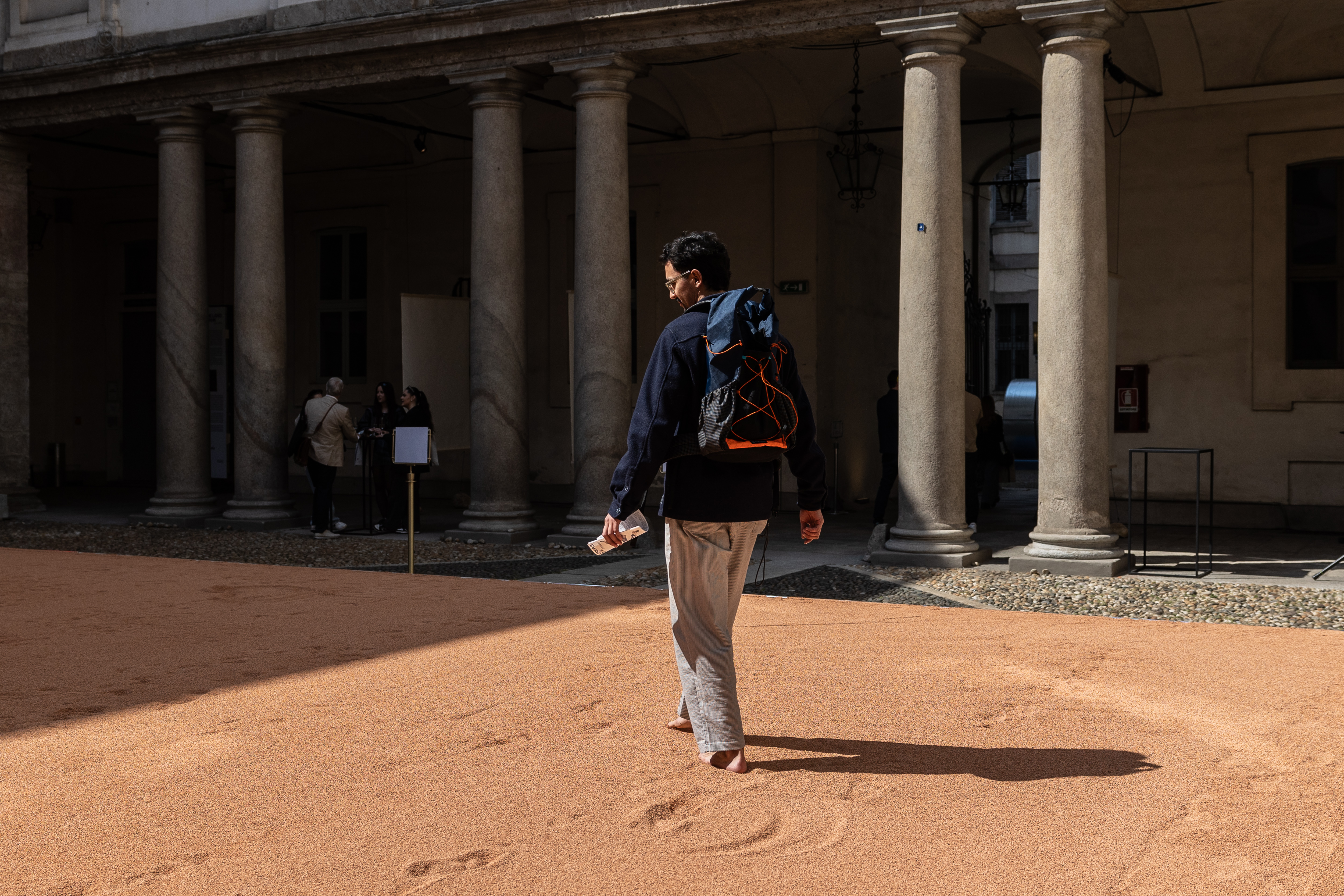 In Milan, MoscaPartners presents a poetic exploration of ‘migration’
In Milan, MoscaPartners presents a poetic exploration of ‘migration’Alongside immersive work by Byoung Cho, MoscaPartners’ Milan Design Week 2025 display features an accessible exhibition path designed for visually impaired visitors
By Cristina Kiran Piotti
-
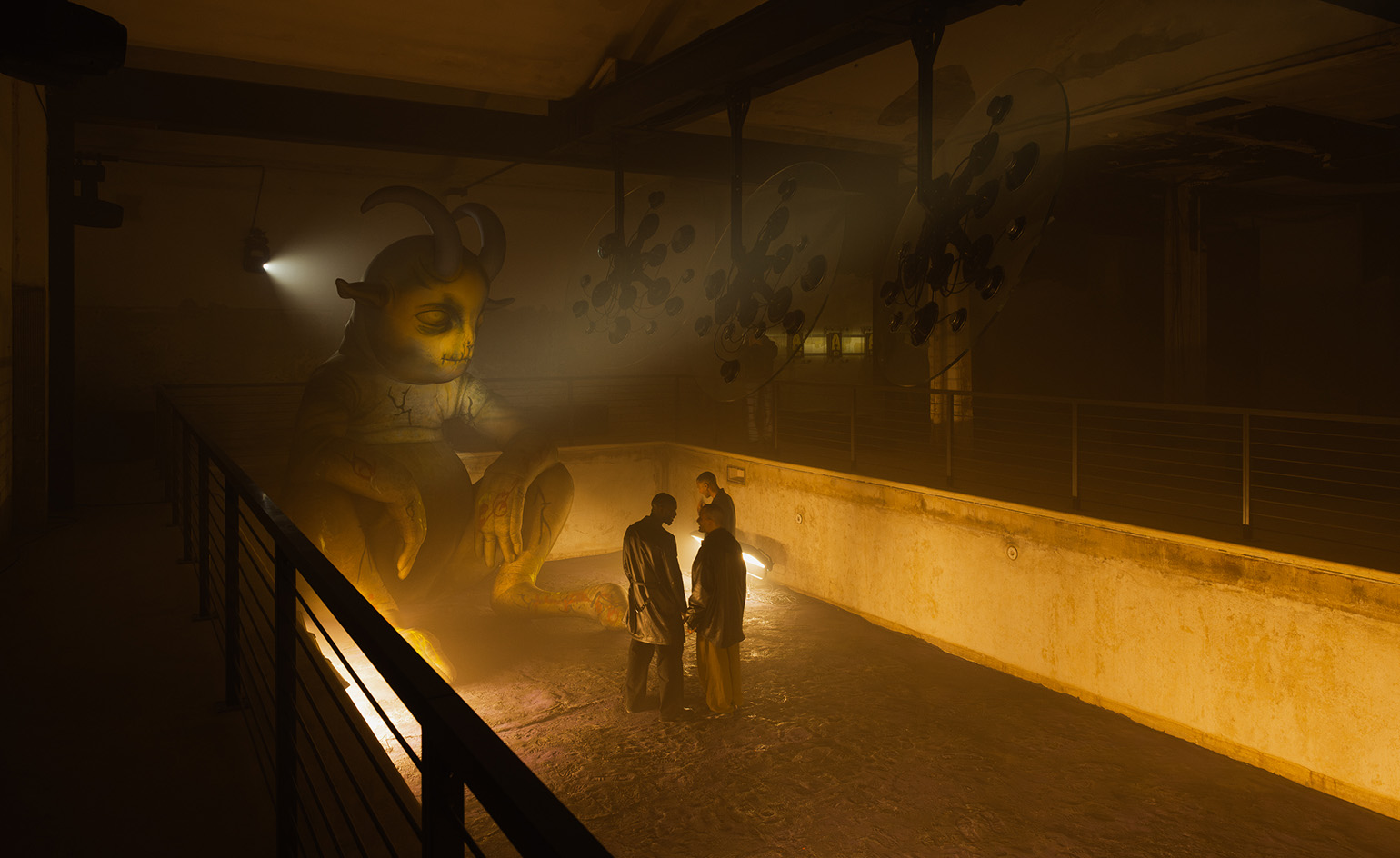 The making of PAN and Nike’s euphoric, club-inspired collaboration at Milan Design Week
The making of PAN and Nike’s euphoric, club-inspired collaboration at Milan Design WeekAlongside a new Air Max 180 release, ‘The Suspended Hour’ display sees Berlin record label PAN imagine the unfolding of a club night, from dusk until dawn
By Craig McLean
-
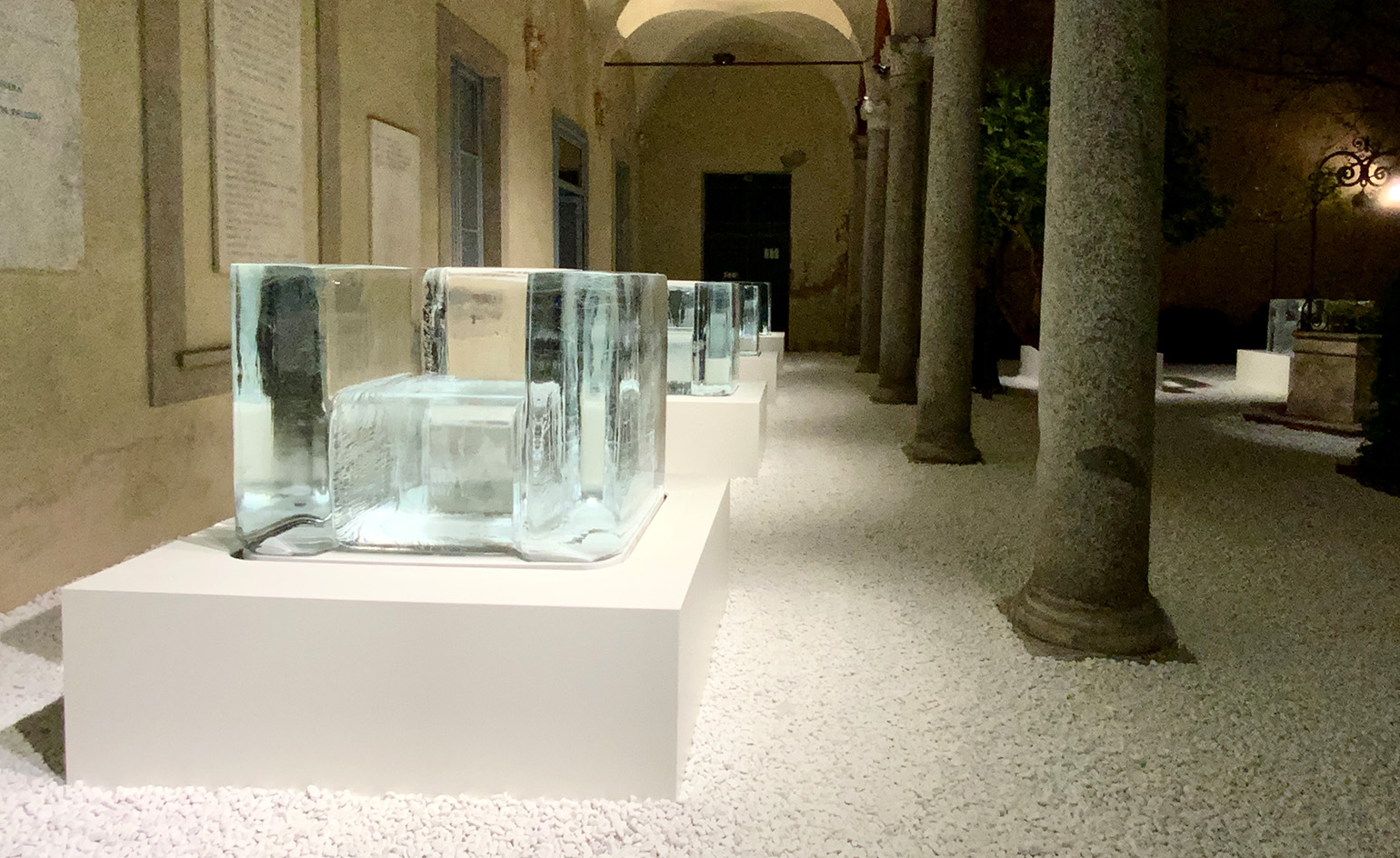 Tokujin Yoshioka’s ephemeral ice furniture is made to melt in Milan
Tokujin Yoshioka’s ephemeral ice furniture is made to melt in MilanTransparent chairs of frozen water slowly disappear during Milan Design Week 2025, in an expression of light by Japanese artist Tokujin Yoshioka
By Danielle Demetriou
-
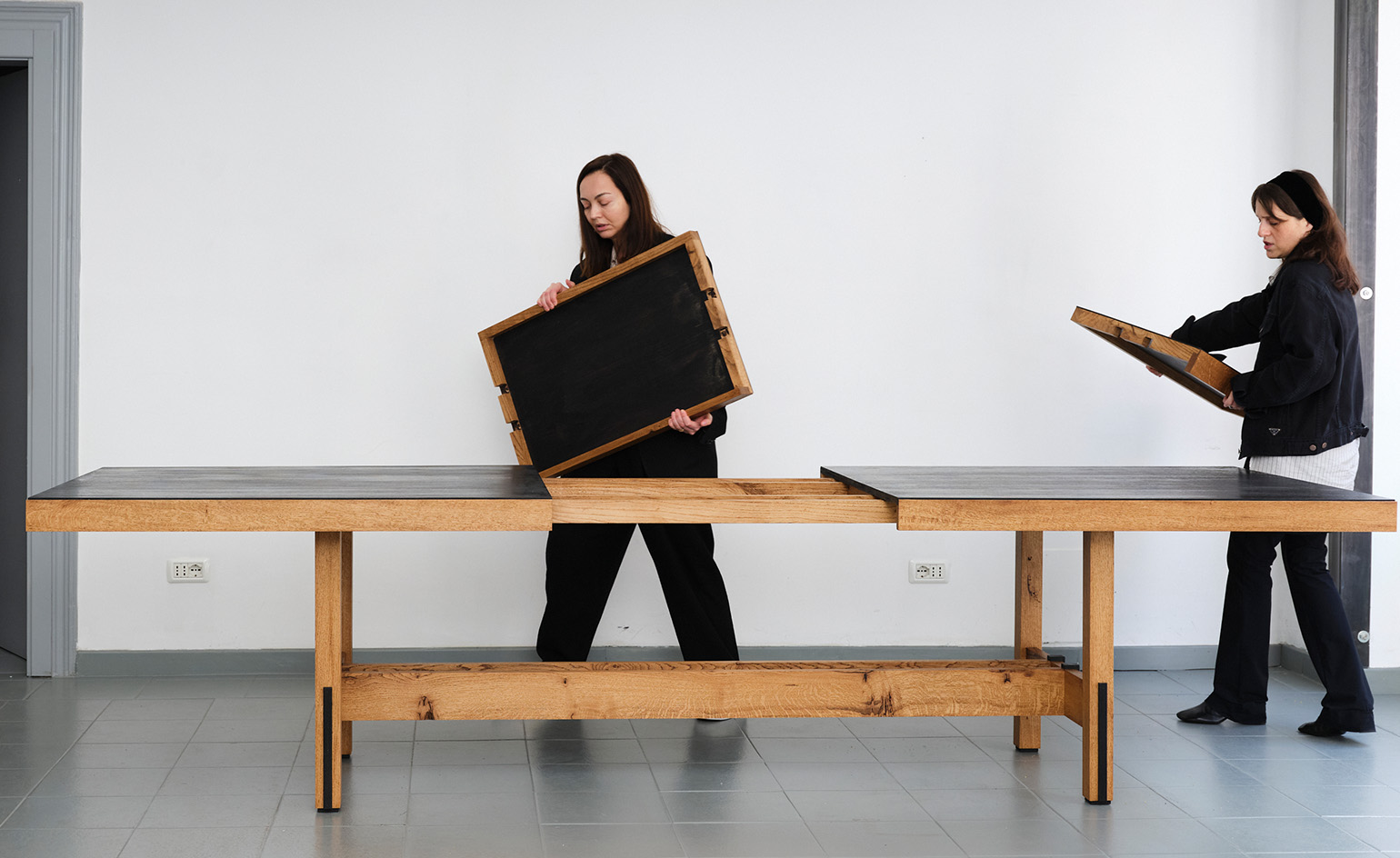 In Milan, Rooms Studio examines Georgia’s shifting social landscape
In Milan, Rooms Studio examines Georgia’s shifting social landscapeExpandable tables that reference recent government protests and lamps held together with ‘chewing gum’ feature in the Tbilisi-based studio’s Milan Design Week 2025 installation
By Dan Howarth